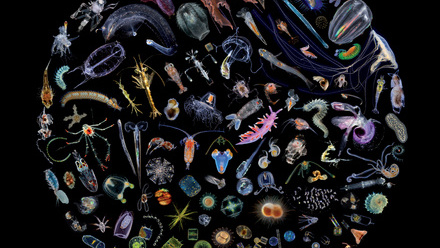The value of underwater observations
As natural history disappears from our education, Gonzalo Mucientes and colleagues argue that technology can only take us so far in our comprehension of aquatic life.
A child's close observation of the natural world has, throughout the ages, been the strongest source of inspiration for many scientists, and particularly for biologists. However, the links between scientists and the natural world have weakened in recent years. More than 20 years ago, Professor Reed F. Noss (1996) stated that ‘The naturalists are dying off … and have few heirs’, resulting in biologists with little experience of fieldwork or observational methods, and less able to separate biological truth from computer fabrication. This disconnect is worrying, since biology is rooted in natural history, which in turn is the science that allows us to describe and ask questions about the natural world [1].
The separation from the natural world of society in general, and scientists in particular, shows no sign of easing. In academia, fieldwork is the first casualty of time and funding constraints, and observation-driven scientific disciplines such as taxonomy, systematics, and ethology are increasingly adopting technologies (e.g. genomics, telemetry, and artificial intelligence), that relegate the role of human interactions with nature.
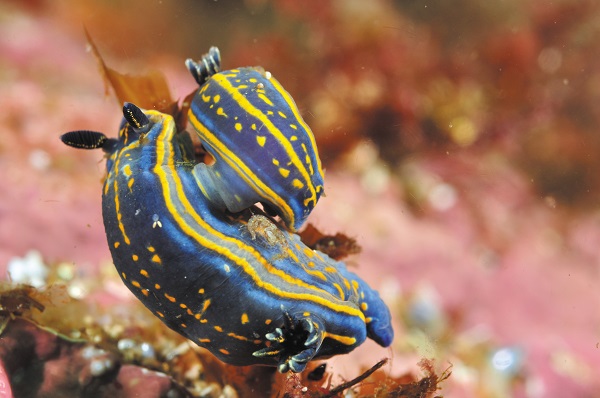
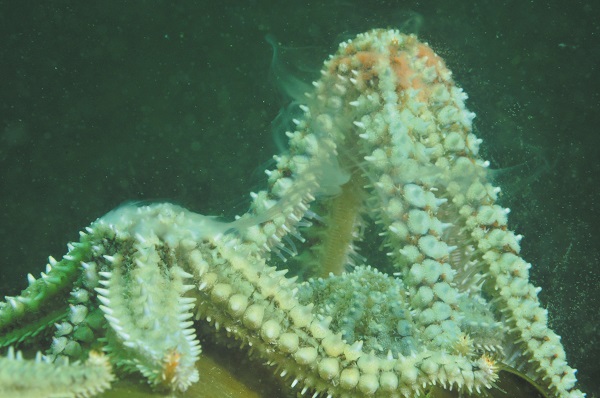
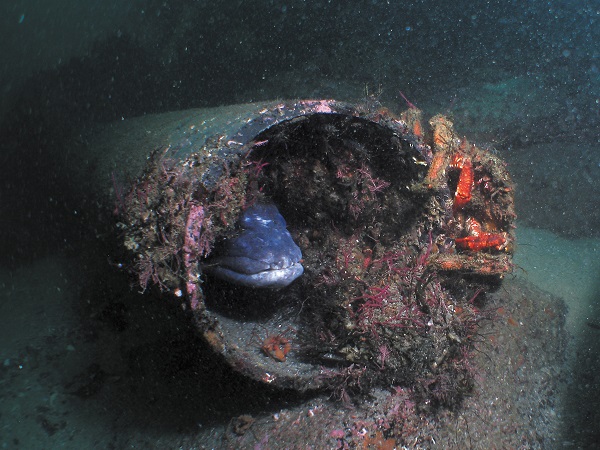
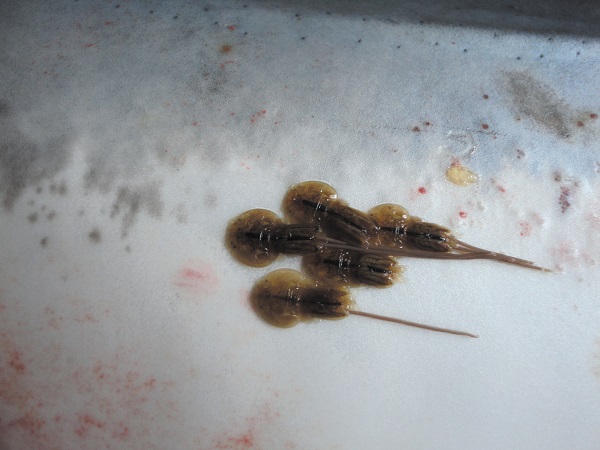
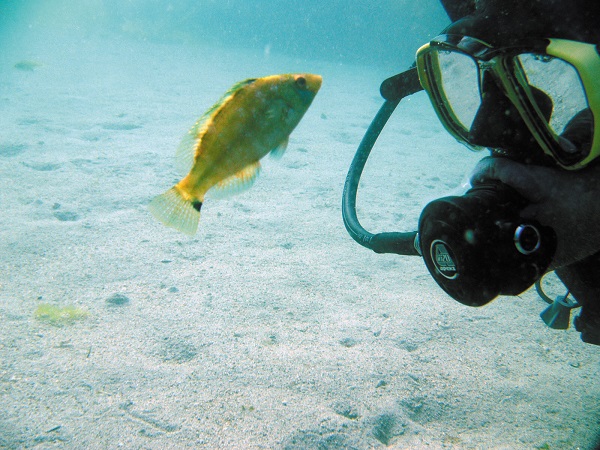
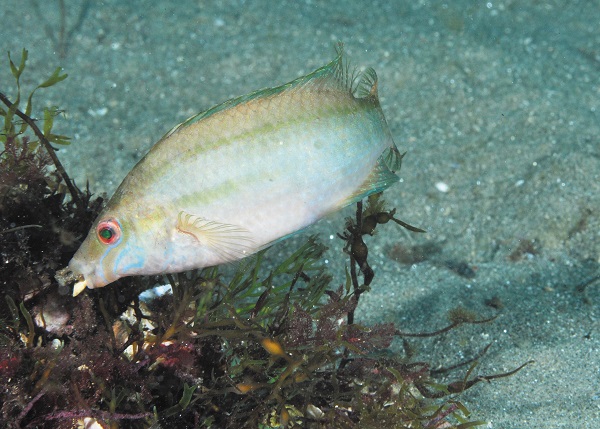
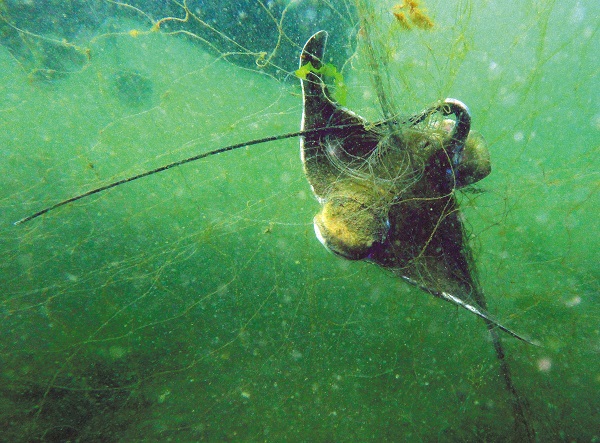
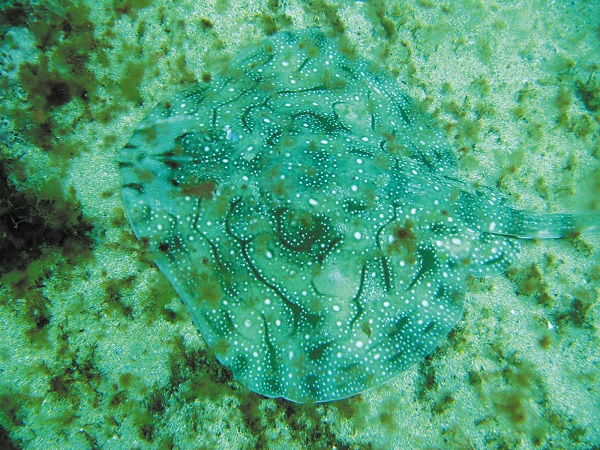
This loss of contact with the natural world is particularly evident in aquatic environmental research, which remains uniquely opaque and inhospitable to humans. Nevertheless, sophisticated methods are increasingly used which have clearly boosted the quantity of information obtained from marine and freshwater systems [2]. However, qualitative aspects of the data can only be obtained by looking directly into the underwater world. Direct observations can also provide added value as a complement to technological methods (Table 1; Fig 1).
|
Research area |
Contribution |
Example |
||
|
Behaviour |
||||
|
Utilization/building refuges |
++ |
Johansen et al., 2007 |
||
|
Locomotion patterns |
++ |
Webb, 2015 |
||
|
Aggressiveness and defensive behaviour |
++ |
Bryan et al., 2002 |
||
|
Cleaning behaviour |
++ |
Grutter, 1999 |
||
|
Social roles |
+ |
Renn et al., 2008 |
||
|
Home range spatial utilization |
+ |
Villegas-Ríos et al., 2013 |
||
|
Individual behaviour/personality |
+ |
Magurran, 1986 |
||
|
Habitat description and utilization |
+ |
Wilson et al. 2008 |
||
|
Hunting habits |
+ |
Pitman & Durban, 2012 |
||
|
Circadian rhythm/resting/activity |
+ |
Villegas et al., 2013 |
||
|
Interaction |
||||
|
Unusual species interactions |
++ |
Deakos et al., 2010 |
||
|
Symbiotic species interactions |
++ |
Losey, 1978 |
||
|
Parasite interactions |
++ |
Khan, 2012 |
||
|
Human interactions |
++ |
Tuyttens et al., 2014 |
||
|
Long-term ecosystem changes |
+ |
Verges et al., 2016 |
||
|
Interaction intensity |
+ |
Valdimarsson & Metcalfe, 2001 |
||
|
Ghost fishing impact |
+ |
Kaiser et al., 1996 |
||
|
Morphology |
||||
|
Morphology changes (colour, ...) |
++ |
Stuart-Fox & Moussalli, 2008 |
||
|
Aposematism |
++ |
Guilford, T. & Cuthill, 1991 |
||
|
Mimicry |
++ |
Moland & Jones, 2004 |
||
|
Non-invasive individual identification |
++ |
Mucientes et al., 2019 |
||
|
Illness/deformations/malnutrition |
++ |
Bengtsson et al., 1979 |
||
|
Reproduction |
||||
|
Mating behaviour |
++ |
Turner, 1993 |
||
|
Parental care/nest building |
++ |
Blumer, 1979 |
||
|
Spawning phenology |
+ |
Sydemanet et al., 2015 |
||
Take, for instance, the growing field of animal social and collective behaviour. Marine ecologists now have access to an unprecedented suite of tools to infer social associations between individuals, ranging from high-resolution acoustic telemetry to proximity loggers. However, unveiling the nature of such associations—antagonistic, cleaning behaviour, courtship—with certainty requires direct observation (or video recording) of the individuals. While this is routine in terrestrial systems, the difficulty of conducting direct observations of aquatic populations has resulted in social behavioural science being less developed in aquatic systems. Tracking processes such as biological invasions that normally take place faster in aquatic environments [3], may rely in the first instance on observations by researchers or citizens [4].
A critical challenge for marine scientists is to incorporate greater realism into the interpretation of raw data obtained from nature. We believe that by complementing their education with natural history methods and approaches, marine scientists have much to gain in terms of understanding the functioning of aquatic environments and enhancing their ability to generate new hypotheses. There are several ways in which this can be achieved. Time at sea (above or below the surface) should be part of graduate and postgraduate research programmes in order that students can ‘feel’ and ‘see’ the data and the processes where, and when, they happen. Supervisors, too, need to foster student interactions with the underwater world, even at the cost of immediate scientific productivity. And why should researchers themselves not spend more time in the field? Importantly, finding an equilibrium between natural fieldwork and desk-based quantitative study may make marine science more attractive and motivating to young scientists [5].
The importance of underwater natural history observations for science and society remains under-appreciated, yet it is the beginning of many questions in marine science [6]. We call on researchers, funding agencies, governments, and scientific publishers to embrace the importance of the natural history approach in aquatic science. A clear appeal for observation-driven research from the scientific community may increase society's interest in nature and natural processes, and contribute to the conservation of aquatic ecosystems.
Gonzalo Mucientes1,2 (gmucientes@iim.csic.es), Albert Fernández-Chacón3, David Villegas-Ríos1,2,4
1. Instituto de Investigaciones Marinas (IIM-CSIC), Eduardo Cabello 6, 36208 Vigo, Spain
2. Asociación Ecoloxía Azul / Blue Ecology (BEC). Vigo, Spain
3. Centre for Coastal Research, University of Agder, P.O. Box 422, 4604 Kristiansand, Norway
4. Instituto Mediterráneo de Estudios Avanzados (CSIC-UiB), Miquel Marqués 21, 07190 Esporles, Spain
Acknowledgements
This project has received funding from the European Union’s Horizon 2020 research and innovation programme under the Marie Sklodowska-Curie grant agreement No 793627 (BEMAR).
Further reading
1. Travis, J. (2020) Where is natural history in ecological, evolutionary, and behavioral science? The American Naturalist 196(1), 1-8.
2. Hussey, N.E., Kessel, S.T., Aarestrup, K., Cooke, S.J., Cowley, P.D., Fisk, A.T., Harcourt, R.G., Holland, K.N., Iverson, S.J., Kocik, J.F., Mills Flemming, J.E., Whoriskey, F.G. (2015). Aquatic animal telemetry: A panoramic window into the underwater world. Science 348, 1255642.
3. Stachowicz, J.J., Terwin, J.R., Whitlatch, R.B., Osman, R.W. (2002). Linking climate change and biological invasions: Ocean warming facilitates nonindigenous species invasions. Proceedings of the National Academy of Sciences of America 99(24): 15497-15500.
4. Guerra, A., Pascual, S., Garci, M.E., Roura, A., Mucientes, G. & González, A.F. (2013). The black-pygmy mussel Limnoperna securis in Galician Rias (north-eastern Atlantic): new records and first evidence of larval stages predation by copepods. Marine Biodiversity Records 6 (e15): 1-7.
5. Gimenez, O., Abadi, F., Barnagaud, J-Y., Blanc, L., Buoro, M., Cubaynes, S., Desprez, M., Gamelon, M., Guilhaumon, F., Lagrange, P., Madon, B., Marescot, L., Papadatou, E., Papaïx, J., Péron, G. & Servanty, S. (2013). How can quantitative ecology be attractive to young scientists? Balancing computer/desk work with fieldwork. Animal Conservation 16(2): 134-136.
6. Tewksbury, J.J, Anderson, J.G.T., Bakker, J.D., Billo, T.J., Dunwiddie, P.W., Groom, M.J., Hampton, S.E., Herman, S.G., Levey, D.J., Machnicki, N.J., Martinez del Rio, C., Power, M.E., Rowell, K., Salomon, A.K., Stacey, L., Trombulak, S.C. & Wheeler, T.A. (2014). Natural history's place in science and society. BioScience 64(4), 300-310.


